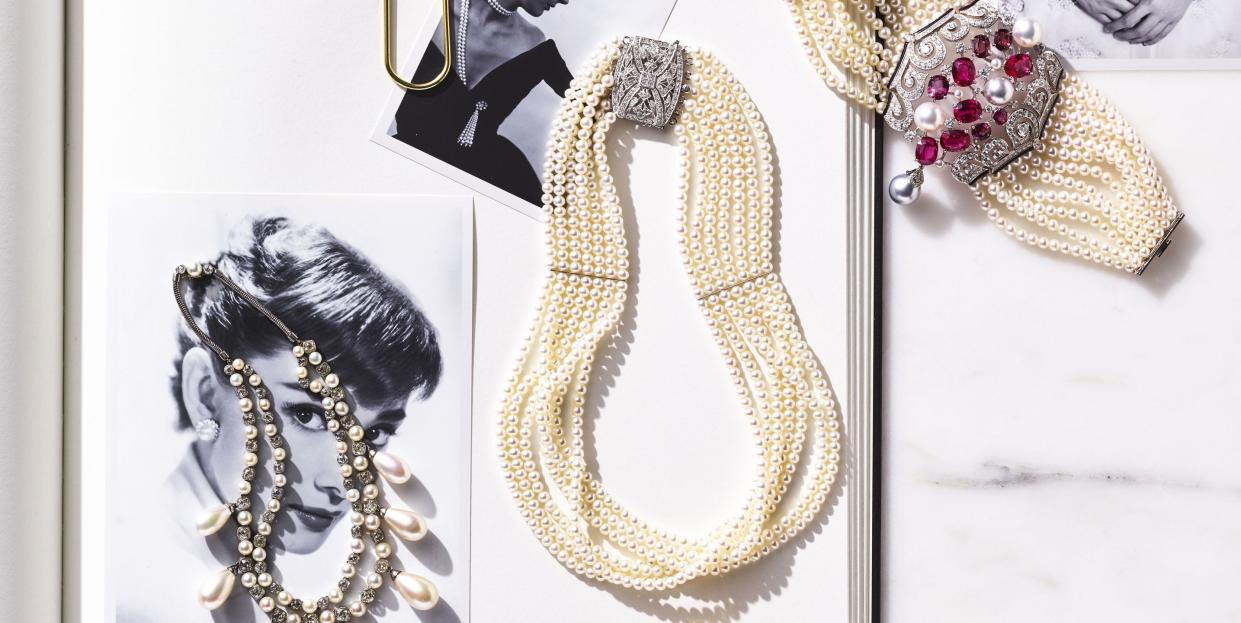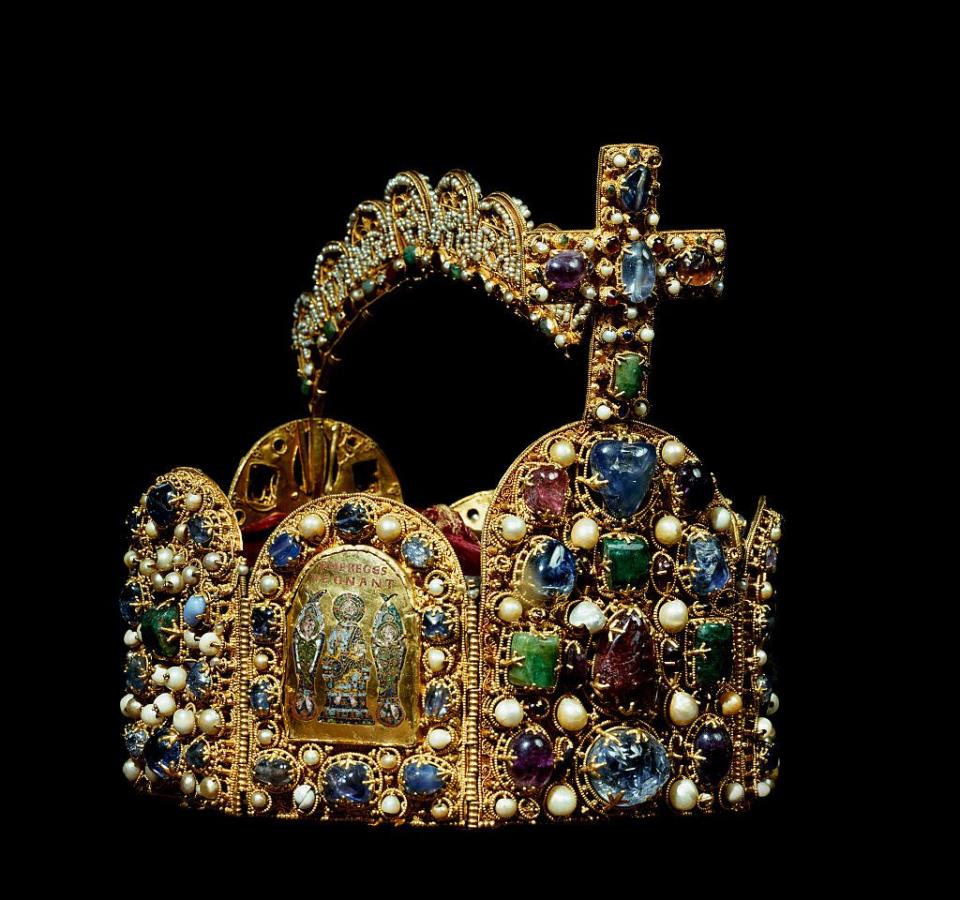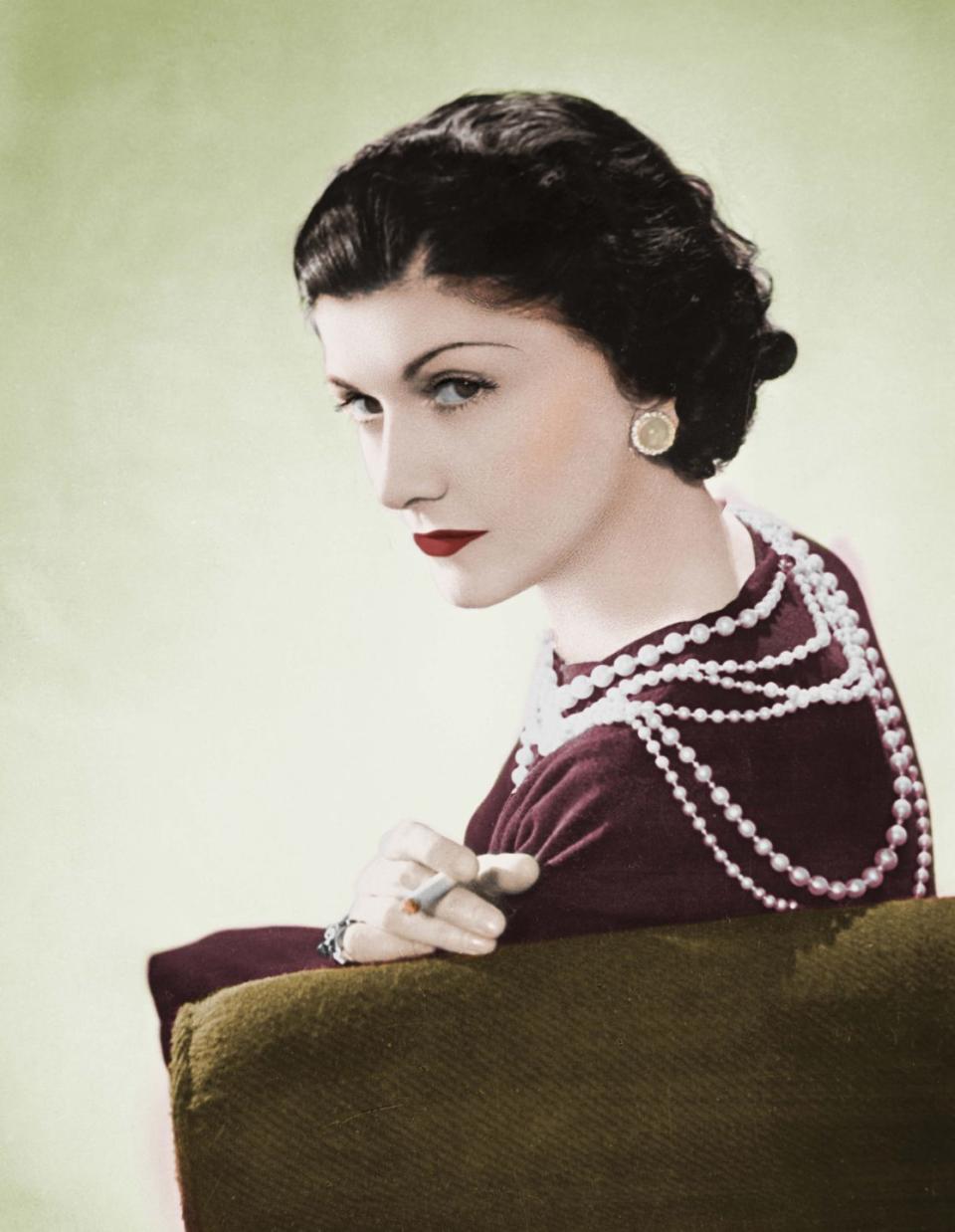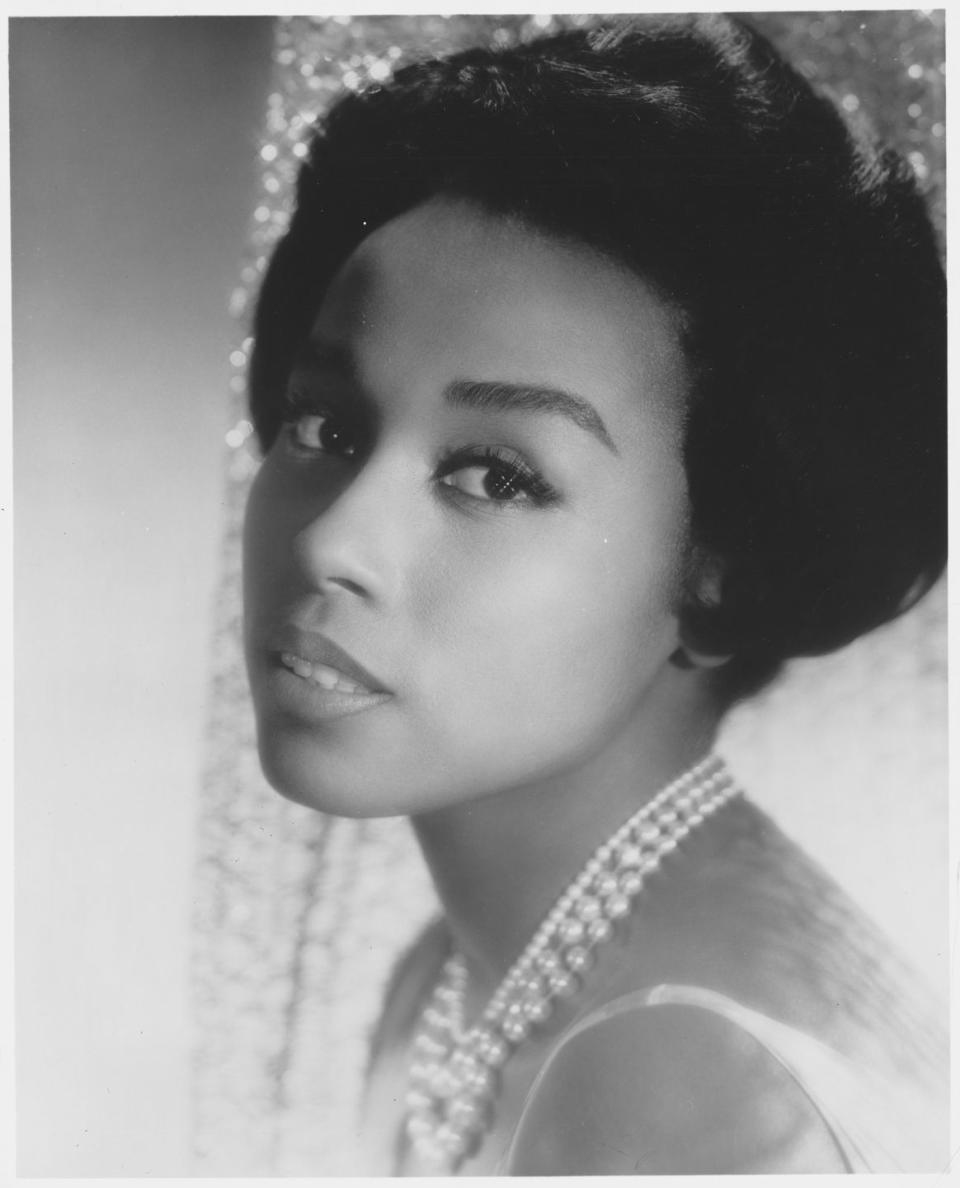These Are The Best Pearl Jewelry Pieces For People Born In June

They are revered as the oldest gemstone known to man and have been prized for centuries in jewelry design, adorning the clothing of royals, and serving as the foundation of many a woman's own personal collection. Pearls, thought to have been first discovered by ancient peoples searching for food along a coastline, have long held the imagination due to the myths and legends surrounding them. Once upon a time, they were even used as a trade commodity in Ancient Rome.
The History of Pearls
Cleopatra is believed to have crushed a pearl in a glass of wine and drank it to prove a point to Marc Antony. During the Dark Ages, knights would wear pearls into battle to protect themselves from harm, and ancient Chinese culture believed that pearls guaranteed the purity of the wearer. Pearls have also ruled the fashions and jewelry of royals: the earliest known piece of pearl jewelry—thought to have belonged to a Persian princess—dates back to 420 B.C.

In Rome, Julius Caesar decreed that only the ruling classes were allowed to wear pearls, and during the Renaissance, European royals followed suit, declaring that only they were allowed to sport the illustrious pieces. By the 15th and 16th centuries, pearls were in such demand that a new supply discovered in Central and South America by explorers cast the time as the "Pearl Age." Ladies began to adorn gowns and dresses with pearls that were attached by hand and necklaces became almost rope-like due to their long, fabulous lengths.

One of this month's birthstones, pearls have come in and out of vogue over the centuries, but saw a resurgence in the early 20th century thanks to style-setters like Coco Chanel. The Parisian fashion designer was known for her layers and layers of pearl necklaces (some real, some not—which was shocking for that time, and she was the first to mix the real and the faux).

The 1920s Jazz Age, with its ideals of personal freedom and liberation of dress for women, brought the gemstone back into the starlight. Flappers would pair the necklaces with short dresses and bobbed haircuts, giving the traditional look a modern update.

Throughout the 20th century, other major style icons like Josephine Baker, Jackie Kennedy, Audrey Hepburn, and Lauren Bacall continued to keep pearls at the forefront of style, and would wear them in formal and more informal settings. While pearls were less in vogue during the '80s, they have seen a resurgence as of late. 2020's fall runway shows saw pearls coming down the catwalk in strong numbers—Marc Jacobs, Prabal Gurung, and Hellessy all sent models down the runway sporting modernized versions of the gem.
How Pearls Are Made
While metals and gemstones are harvested from the earth itself, pearls are produced by a living organism. When an irritant makes it way into an oyster and disrupts the inner body, it creates nacre, which is a composite material that eventually forms a natural pearl. A cultured pearl is created in the same way, except that the irritant is placed there by design rather than by chance. (The first cultured pearl was created by Kokichi Mikimoto in 1893). Natural pearls, because of their depletion, have become so rare, and today are found most often off the shores of Australia. The chances of a pearl forming naturally in an oyster are 1 in 10,000.
The creation of cultured pearls—and in turn, the creation of pearl farms—caused the value of natural pearls to plummet during the early 20th century, but eventually the value of natural pearls rose again. Some pieces boasting natural pearls that have sold in recent years have fetched top dollar—Empress Eugenie's natural pearl earrings fetched $3.3 million when auctioned in 2014.
Pearl Varieties
Pearls come in many forms and varieties—they can be created or cultured in freshwater or saltwater and appear in many colors from many different locales around the world. Cultured freshwater pearls are most often found in China. Saltwater pearls include varieties like the Akoya pearl, Tahitian, and South Sea pearls. Akoya pearls are mainly farmed in Japan; South Sea pearls from Australian, Indonesia, and the Philippines; while Tahitian pearls—known for their rich black hue—come from the French Polynesian islands.
Baroque pearls refer to pearls that are not perfectly round and have a more organic, asymmetrical shape, which is more commonly found in freshwater. Abalone pearls are considered one of the rarest as they cannot be created and must be found naturally in saltwater (they are typically found on rocky coastlines - in North America, abalone pearls can be sourced on the coast of Baja California all the way up to Alaska).
You Might Also Like

